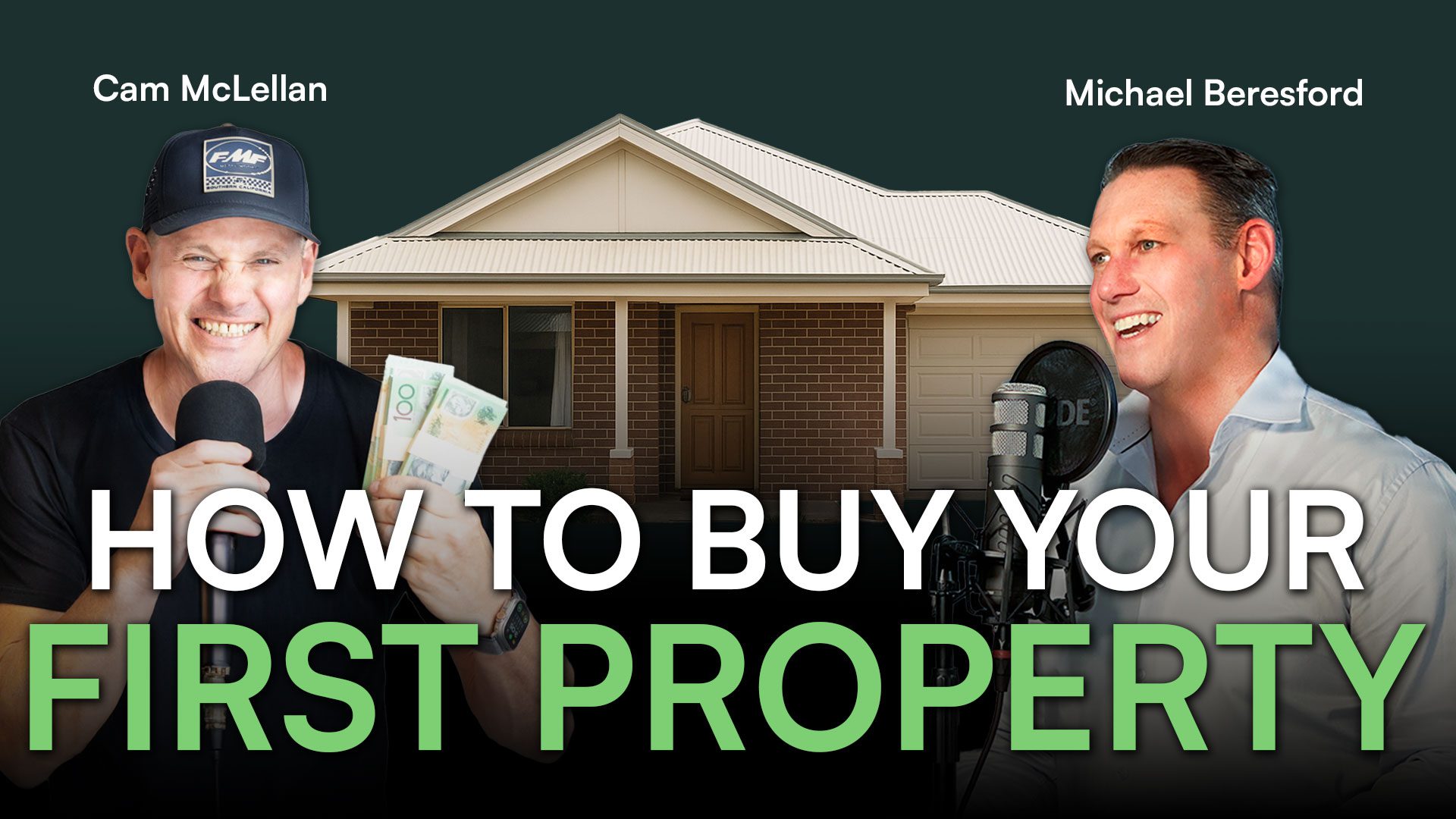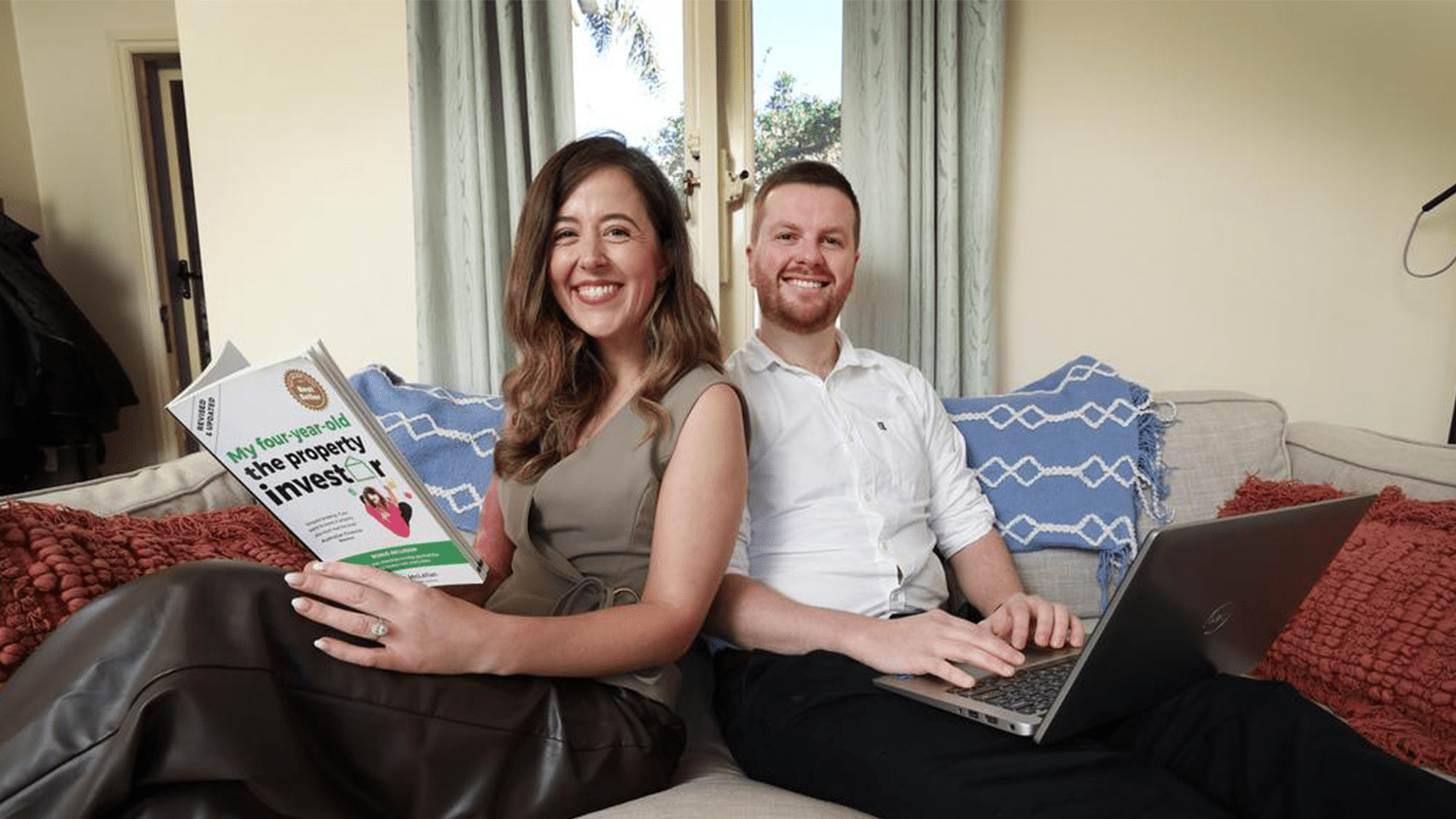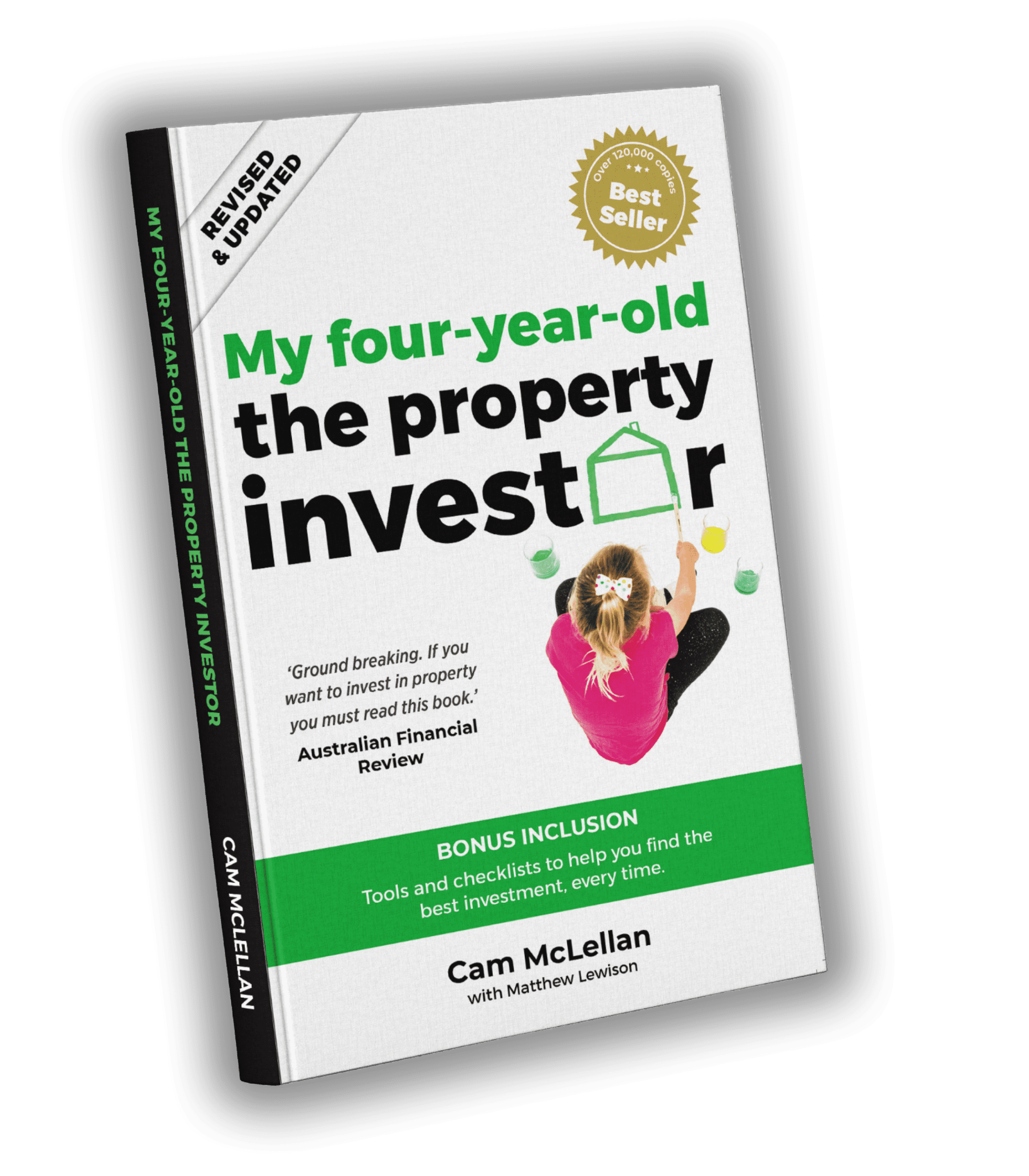By Cam McLellan and Al Lewison
Let’s talk today about risk versus return and how Al and I assess it. When I look at risk, risk comes down to one thing and that’s control or my understanding of how I can control a situation. By controlling the situation when investing, I’m able to deliver a measured outcome. When I look at return, I look at the return on my individual dollar.
When investing I don’t invest dollar for dollar, I leverage other people’s money and look at the return I’m getting inclusive of other people’s money back on that original dollar or my internal rate of return.
To explore this more we are going to have a look at Al and my past and the way we have gone about investing, including building businesses, investing in different companies, investing in property and how we have overcome the hurdles we found along the way.
Let’s look at a basic risk matrix:

I love anything that has the word Matrix in it – and whilst this is a basic version of the risk matrix we use, it still includes the main things to consider when assessing risk and return. We come across different opportunities every single day and we run a matrix, look at risk, look at return and we’ve got some ratios we use that give us an outcome risk profile. One thing we look at, that is probably the ultimate thing to talk to you about today, is investing comes down to control. What control do we have over the investment we are looking at? At one point we we’re sent an Initial Public Offering (IPO) from a company in the USA that was looking at doing some exploratory mining in Antarctica. We were asked if we would like to invest in some units that could grow by X percent each with incredible returns – so we put it through the matrix. So where did it sit in the matrix – we saw it as high risk, potentially high return, the next questions were do we have control over it? Who is the management team there? Have they done this before and do they know what they’re doing? With the answers all being no, the decision at this time was to not invest.
Break this down to the residential growth investment property, and ask the same questions: do you have control? Yes – you control how much you borrow, you control tenant selection, you control whether you put the rent up and down, you control whether you keep it or sell it, you have control over the asset yourself and you can make those decisions based on key things that you know.
We know there are lots of different scenarios and four different quadrants that your situation could fall in to, but today as we look at just residential growth property, it ticks the box for control. Have a think about different things you might have come across and you’ll think the same for yourself. Business was a big one for us in the early days. We knew we were going in to business together, and have now built a number of successful businesses over the years. But we’ve also failed in a number of businesses (let’s not talk about the cleaning business we started). The recruitment business we started in March 2008 went down like a lead balloon. I have a strong recruitment background but if you remember at the end of 2008, starting a recruitment business just before the Global Financial Crisis was not a good idea. Sometimes things happen that are beyond your control.
Let’s now talk about shares – we are both pretty open in saying that neither of us own shares in the stock market, but we do own shares in quite a few different companies. How we go about deciding whether to buy shares in a company is we look at the risk, how can we control those companies, do we know the management team, do we understand how to read a P&L, a balance sheet, can we take the cash flow from that P&L and make sure that that is sound and solid and aligned with the business plan? What industry is it in, what’s the risk associated with that industry? And then we go and buy chunks of those businesses, rather than spreading ourselves over the share market, now that’s because we want to have control and minimise our risk. By doing that also, if it’s a good company, we can sometimes leverage up and get a better return on our dollar.
Use this when looking at your investment portfolio, when asking the questions – do I go to a mining town, do I invest overseas, do I invest in a country town, how big is the population of the town, all of these things will come down to your risk profile. Most times the answer is no.
Hopefully by using the risk matrix you can cut out any rash decisions you might make, if you just look at how much control you have, on the return on your dollar. You should expect a high return for low risk. That’s what residential growth properties in capital cities provide.








